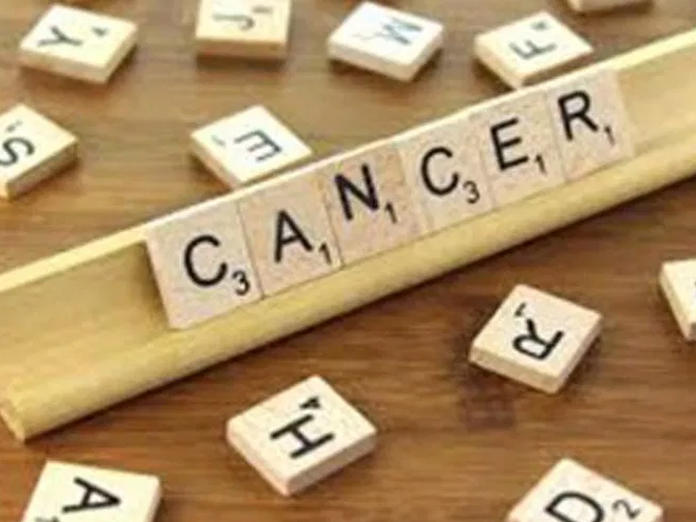Live
- Tail-end farmers should get irrigation water, says Uttam
- SpinSci to churn out 1K AI-based jobs in Telangana
- Kothapalli-Manoharabad rly line to be operationalised by 2027
- Industrial production at 6-mth high in Nov
- Traffic restrictions on heavy vehicles in Rachakonda
- BoB signs MoU with Singareni
- Phone-tapping case: HC extends protection to Harish from arrest until Jan 28
- Global uncertainty hits mkt sentiment
- SCB inaugurates test tax assessment module
- 300 jobs created with ARIQT innovation hub: Sridhar Babu









